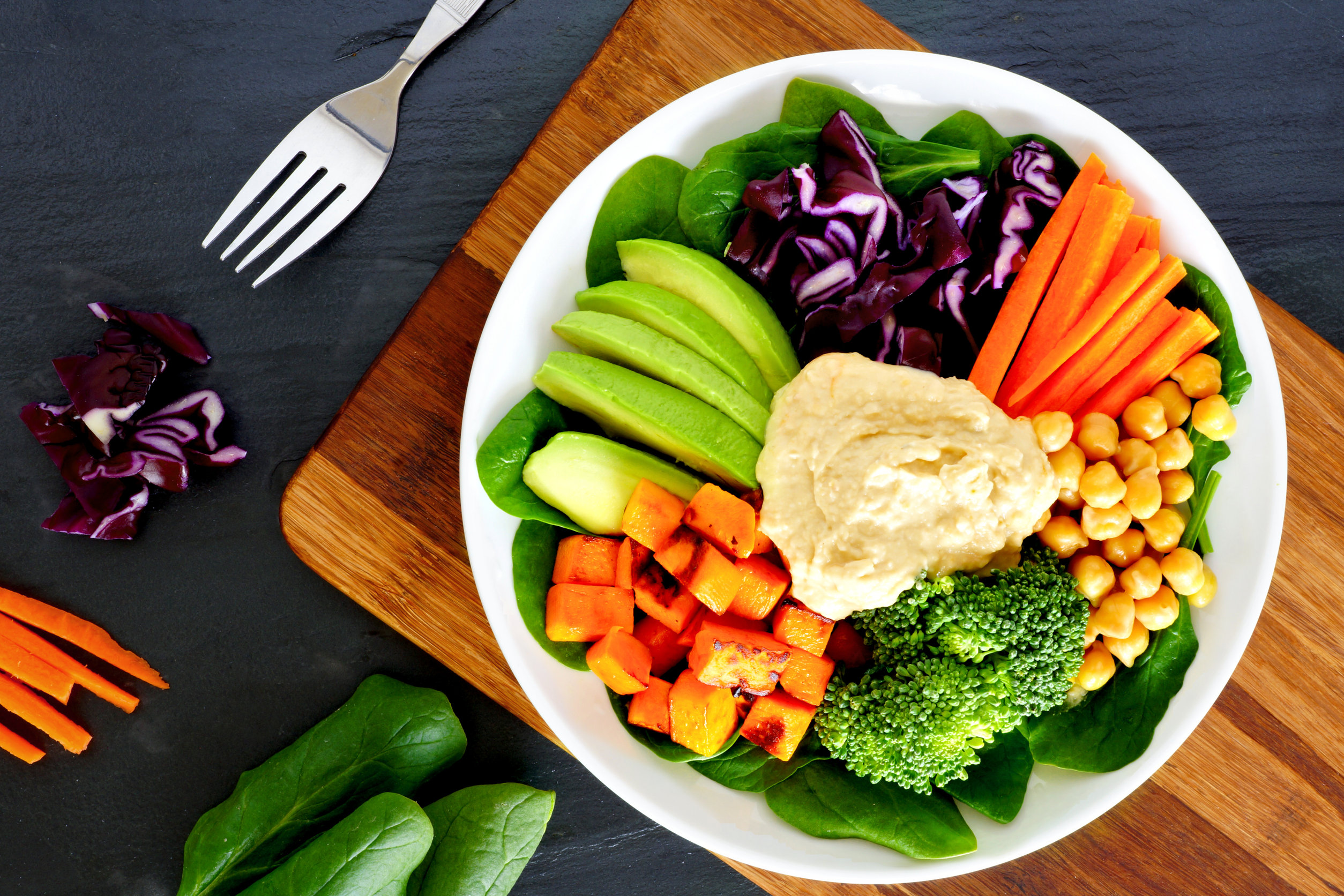”Washington, do you believe superfoods are actually better than other foods? This week's article presents a contrary perspective on superfoods, which we hope helps simplify complexities around maintaining a healthy diet. We hope you find this helpful!
Reading time: 6 Minutes
MWi Hack:
- Learn how to see beyond different superfood recommendations to make meaningful decisions about your eating habits.
MWi Summary:
- There are a few flaws in the logic that goes behind creating specific “superfood” lists.
- Most lists place foods that have high amounts of specific vitamins and minerals, even though it is important to keep all 27 essential micronutrients in mind. Lists also focus on benefits for certain parts of the body, though all micronutrients benefit the entire body.
- Superfood lists also reference phytochemicals, plant chemicals with health-protective properties. However, research is limited on the benefits of phytochemicals. All fruits and vegetables have phytochemicals, anyway.
- Instead of focusing on a list of superfoods, it’s best to include on having a variety of fruits and vegetables in your diet.
In a quick Google search, there are lists of 10, 11, 25, and 52 superfoods that are the “best.” Here is the practical summary of them all: the best superfoods are whole foods.
This may be anti-climatic, but trying to suggest that certain types of whole foods are any more or less valuable than other types of whole foods is flawed for a variety of reasons. Generally, these lists are biased towards fruits and vegetables, but the concepts herein can apply to grains, beans, and to some degree protein sources like meat, eggs, and seafood.
The Micronutrient Sell
Many of these lists tout certain foods that are high in specific vitamins or minerals (e.g., blueberries for vitamin C, kale for calcium). However, there are 13 essential vitamins and 15 essential minerals, so the first question you should ask is “what about the other 27 essential micronutrients?” (1,2). This also does not include considerations for essential macronutrients like amino acids in proteins and omega-3 fatty acids. The total number of “essential” nutrients (i.e., they must be obtained from the diet) is approximately 40 (3). So targeting one food because of a couple of specific nutrients is not the complete picture.
Similarly, these articles often make health claims related to a specific organ or system; Vitamin A and eye health is a classic examples. Vitamin A is necessary for “maintaining the integrity and function of all surface tissues” including the eye (4). But other nutrients like vitamin C and vitamin E are also needed (5). So, another question you should be asking is “what about the rest of me?” While everyone wants healthy eyes, the leading cause of death is heart disease suggesting that the focus on healthy eating should be geared more toward the major cause of mortality than a specific organ (thankfully, whole foods are good for cardiovascular and eye health!).
The other consideration is the relevance of serving sizes. Kale and calcium is good example. In 100 grams (g) of kale (raw), there are 254 milligrams (mg) of calcium. This is a good dose considering the Recommended Daily Allowance (RDA) for adults is 1,000 mg. However, 100g of kale covers a dinner plate. The serving size of leafy greens is usually 2 cups bringing down the per-serving basis of calcium to 106 mg (6). Conversely, almonds have 76 mg of calcium per standard serving (28g/1 ounce). Yes, still less than kale, but it hopefully illustrates serving sizes are an important variable for assessing realistic nutrient intake.
The Phytochemical Sell
Phytochemicals are non-nutritive but bioactive, plant chemicals with health-protective properties (7). For example, some phytochemicals (glucosinolates) may be called “cancer-fighting compounds” because of their anti-cancer properties (8). However, phytochemicals include at least 5,000 different chemicals with other important functions and even functions not yet known (7). It would be foolish to limit one’s diversity of whole food material, simply because we have data about certain compounds.
There is also the issue of what a therapeutic dose of these phytochemicals looks like in terms of food quantity. As an example, resveratrol is a phytochemical in plants like red wine, grapes, and berries and maybe protective of cardiovascular health (9). Where the clinical evidence shows effectiveness, resveratrol doses are on the order of 150 mg per day (9). The resveratrol concentration in red wine varies but ~5 mg per liter of wine is on the higher end (10). This suggests an impossible amount of daily wine (e.g., liters of wine!) is needed to reach a therapeutic dose.
Variety Works in the Long Haul
It is a nice idea that simplifying one’s diet to a shortlist of foods will lead to optimal health. However, highlighting a handful of nutrients incorrectly applies a reductionist approach to complex physiology. Yet, understanding the complex physiology is not necessary for application. Eating whole foods more often than not, and varying the diversity of those whole foods, is the level of complexity needed for optimal application.
Besides the nutrient diversity gained from varying one’s diet, another valuable aspect of variance is sustainability. Even if there were only 10 foods that led to optimal health, there is the very real problem that long-term adherence would be rather dismal. The diet is so monotonous that many would fail not long after they started. Therefore, even though romaine lettuce might not be as nutrient-dense as kale, if it adds some variety (while also displacing poorer quality items), the end result is an overall win.
You can try and track all the micronutrients, phytochemicals, etc., to ensure your diet optimizes each one. It will be a rather painstaking process, however, and not necessarily put you in a better position than consistently eating a diet of varied whole, unprocessed food.
MWi would like to thank EC Synkowski for sharing his expert insights with our community. Follow this link to find out more:






